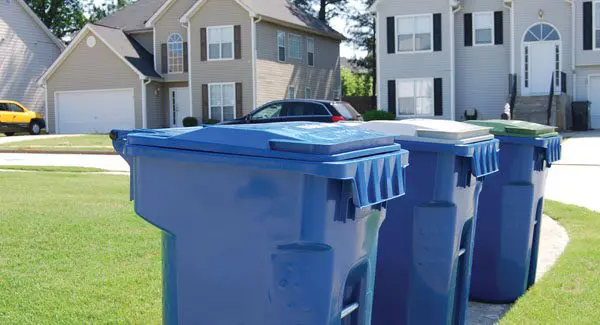- Community Associations
- Illinois
Small scale and community-wide sustainability efforts can have an environmental impact. From simple lightbulb changes to water efficient landscaping, there are many steps an Association can take to reduce their carbon and energy footprint. Performing an energy audit, forming a green committee, and identifying eco-friendly initiatives in capital improvement projects can also foster member engagement and reduce utility costs.
Here are ten factors to consider if your Association wants to stay green and save green.
-
- Equipment Preventative maintenance can preserve existing systems and maintain performance. The use of energy efficient appliances extends to thermostats, common area appliances, garage doors, parking lot lighting, and more. For example, low-water flush toilets use less than a gallon of water per flush as opposed to the multi-gallons by older, less efficient models.
- Incentives Your Association should research and take advantage of any tax credits, rebates, or incentives available to communities who implement environmental conservation initiatives.
- Landscaping Planting drought resistant and native plants can reduce the community’s water burden. They can be strategically placed to reduce water consumption by allowing enough room for roots to grow and better absorb moisture.
- Lighting Use energy efficient LED and CFL bulbs in common area fixtures and emergency lighting.
- Recycling This can include recycling paper, glass, plastic, metals, light bulbs, fabrics, shoes, batteries, and more. Creating recycling drives can also increase engagement and bring out the community spirit between neighbors as they strive to meet a community goal.
- Solar panels and wind turbines Wind turbine, rain water collection, and composting systems have become viable renewable, clean energy options. In particular, residential solar technology has become popular due to accessible technology, streamlined equipment, and decreased installation costs. Simultaneously, associations must consider factors including location, architectural requirements, upfront costs, return on investments, and visual appeal.
- Water Retention barrels can reduce the cost of landscaping by capturing rainwater for future use. The use of drip irrigation systems can efficiently distribute water over large areas through tubes. Irrigation systems can also be fitted with moisture sensors that automatically stop watering when there is a sufficient amount of water to feed the plants. Finally, Associations can also institute commonly used watering methods at dawn, dusk, or at night. This allows the water to seep into the ground rather than being evaporated by the high day’s sun.
- Windows According to the US Department of Energy, the heat gained and lost through windows is responsible for 25% to 30% of residential heating and cooling energy use. When it comes time to replace common area windows or skylights, consider installing double or triple pane options, adding solar control film, and utilizing exterior shading to reduce electricity usage.
- State and local regulations State specific solar access legislation and local government ordinances need to be taken into consideration. For example, Section 20 of the Illinois Homeowners’ Solar Rights Act states that “a property owner may not be denied permission to install a solar energy system by any entity granted the power or right in any deed restriction, covenant, or similar binding agreement to approve, forbid, control or direct alteration of property.” However, the Illinois Homeowners’ Solar Rights Act also provides a number of restrictions for building height, solar energy system installation location, and effective operation.
- Association’s governing documents As an Association considers implementing environmental sustainability efforts, the Board should also formulate policies to address green initiatives proposed by unit owners. Most associations are governed by rules that prohibit an owner from installing anything on the exterior of the building or in common areas without Association approval. For example, an energy policy statement can address the location, design, and architectural requirements of solar panels to maintain their effective operation within community standards. It is imperative that any energy policy addressing solar panels also be made part of the association’s Declaration before it can be enforced.
If your association is interested in adopting an energy policy statement, do not hesitate to contact our law firm.
Since 1983, KSN has been a legal resource for condominium, homeowner, and townhome associations. Additionally, we represent clients in real estate transactions, collections, landlord/tenant issues, and property tax appeals. We represent thousands of clients and community associations throughout the US with offices in several states including Florida, Illinois, Indiana, and Wisconsin.
Please call 855-537-0500 or visit www.ksnlaw.com.
—
This article is made available by the lawyer or law firm publisher for educational purposes only as well as to give you general information and a general understanding of the law, not to provide specific legal advice. By reading this article you understand that there is no attorney client relationship between you and the article author. This article should not be used as a substitute for competent legal advice from a licensed professional attorney in your state. © 2019 Kovitz Shifrin Nesbit, A Professional Corporation.



